Stories About The Hamburger And How It Became An American Staple
Hamburgers are a quintessential part of American cuisine, loved by people of all ages. They are tasty and easy to find everywhere, from diners to fancy restaurants. According to PBSO NewsHour, on average, Americans eat three hamburgers a week, which means nearly 50 billion burgers are served in the USA alone.
“Americans deep down know that it’s their food,” George Motz said. “It’s one of the only true American food inventions. All those different foodways, like the hot dog, croissants, spaghetti, and pizza, are from other places in the world. The hamburger is inherently American.”
In this article, we’ll explore why hamburgers are so beloved, their history, and how they’ve become a staple of American cuisine.
Where hamburgers began
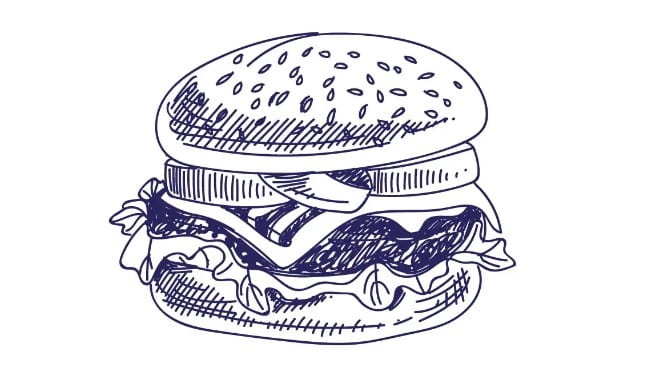
Before the hamburger’s debated appearance in the United States, Europe already boasted similar culinary delights. The ancient Roman Apicius cookbook, dating back to the early 4th century, details a preparation of beef called isicia omentata.
This precursor to the hamburger consisted of baked beef patties mixed with pine kernels, black and green peppercorns, and white wine.
As for steak tartare, its precise origins are shrouded in mystery. While having no idea of a clear name, Jules Verne offered a glimpse of the dish in his 1875 novel, Michael Strogoff.
This description shares similarities with German fare like Labskaus and Mett. Throughout the 20th century, other raw, chopped meat dishes with echoes of steak tartare emerged.
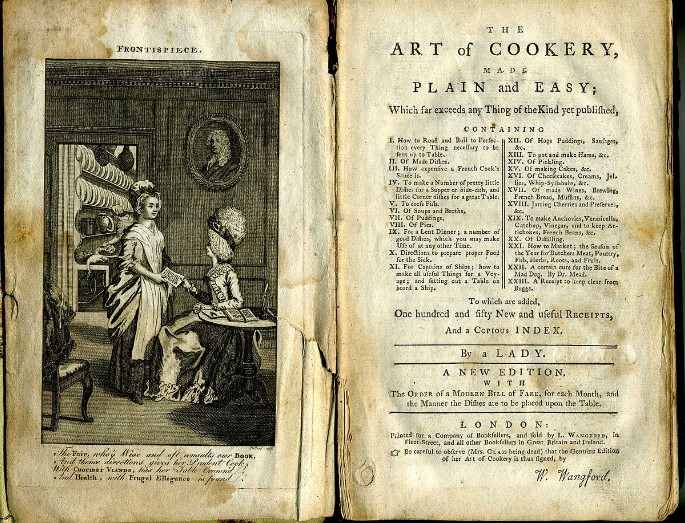
In 1763, Hannah Glasse’s cookbook “Art of Cookery, Made Plain and Easy” featured one of the earliest references to Hamburgh Sausage. This dish, made from minced meat seasoned with spices like nutmeg, cloves, black pepper, garlic, and salt, was commonly served with toast.
Minced meat is also the main ingredient in several other recipes worldwide, such as meatloaf, the Serbian pljeskavica, the Arab kofta, and meatballs.
In 1840, Elizabeth Leslie Cook included a sandwich recipe in her cookbook, introducing this concept to American cuisine and paving the way for the popularization of minced meat dishes in the United States.
In 1848, political revolutions across the 39 states of the German Confederation led to a surge of German immigrants coming to the United States. These newcomers brought their culinary traditions with them.
Beer gardens quickly became popular in American cities, and butchers began offering a wide array of traditional German meat products. Hamburg, famous for its high-quality beef, inspired restaurants to serve “Hamburg-style” chopped steak.
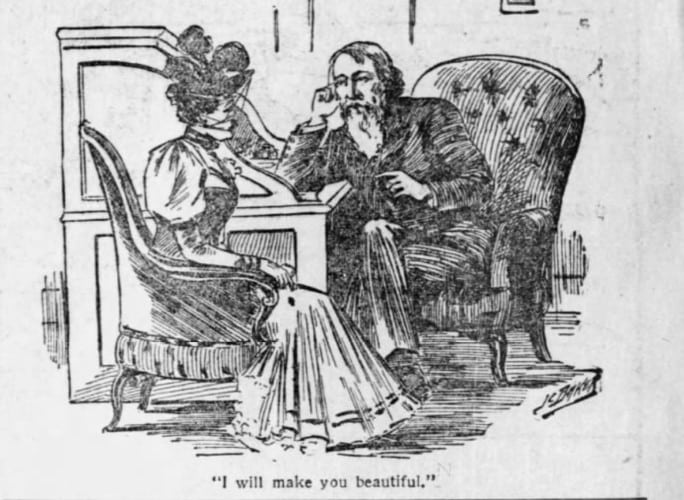
During the mid-19th century in America, raw chopped, chipped, ground, or scraped beef was commonly recommended for digestive issues. However, in 1867, New York doctor James H. Salisbury proposed that cooked beef patties could be just as beneficial.
This idea caught on rapidly, and soon both cooks and physicians embraced what became known as the “Salisbury Steak.”
Stories about the hamburger
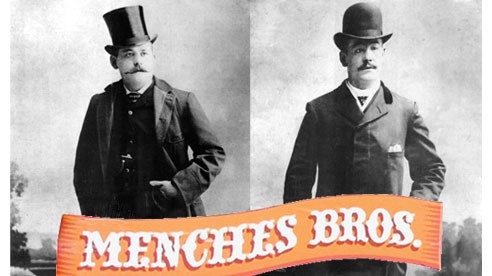
One popular story about the hamburger’s origin traces its name not to Germany but to New York. In 1885, at a fair in Hamburg, New York, brothers Charles and Frank Menches ran out of sausage for their stand. They used ground beef mixed with coffee and brown sugar for extra flavor and served it as a sandwich. They named it a hamburger after seeing the town’s name on a banner.
According to his descendants and some researchers, Oscar Weber Bilby from Tulsa, Oklahoma, was the first to place a burger between two buns. On July 4, 1891, he served this creation with root beer, starting an annual tradition. In 1995, Oklahoma governor Frank Keating declared Tulsa the “Real Birthplace of the Hamburger.”
Another famous story credits Louis’ Lunch in New Haven, Connecticut, with the invention of the hamburger.

According to the still-thriving burger joint’s website, “One day in 1900, a gentleman hurriedly walked into Louis’ Lunch and told proprietor Louis Lassen he was in a rush and wanted something he could eat on the run.
In an instant, Louis placed his own blend of ground steak trimmings between two slices of toast and sent the gentleman on his way. And so, the most recognizable American sandwich was born.”
How the hamburger became an American staple
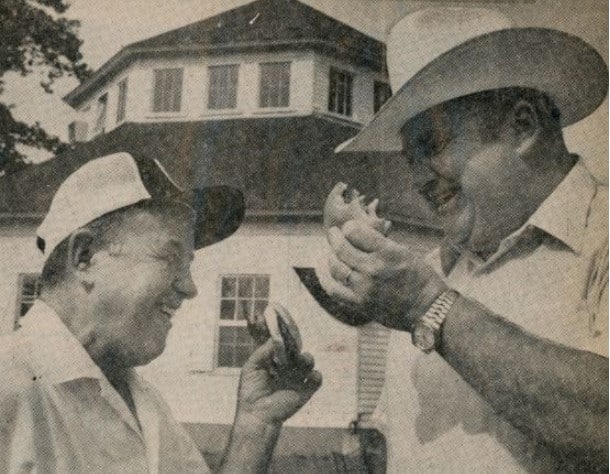
No matter where it began, the burger-on-a-bun gained widespread popularity at the 1904 St. Louis World’s Fair. This event introduced millions of Americans to various new foods, including waffle ice cream cones, cotton candy, peanut butter, and iced tea.
However, just two years later, Upton Sinclair’s novel “The Jungle” exposed the dark side of the American meatpacking industry. The book revealed how industrial ground beef was often adulterated with fillers, preservatives, and meat scraps. As a result, hamburgers became suspect, associated with these questionable practices.

The hamburger might have stayed on the fringes of American cuisine if not for the vision of Edgar “Billy” Ingram and Walter Anderson. In 1921, they opened the first White Castle restaurant in Kansas.
With its porcelain and stainless steel decor, White Castle emphasized cleanliness and hygiene, countering the hamburger’s poor reputation. Ingram even had a medical school study conducted to highlight the health benefits of hamburgers.
Their system, which included grinding meat on-site, proved effective and inspired other national hamburger chains. After World War II, chains like McDonald’s and In-N-Out Burger (both started in 1948), Burger King (1954), and Wendy’s (1969) followed suit. The hamburger quickly became a global phenomenon.

